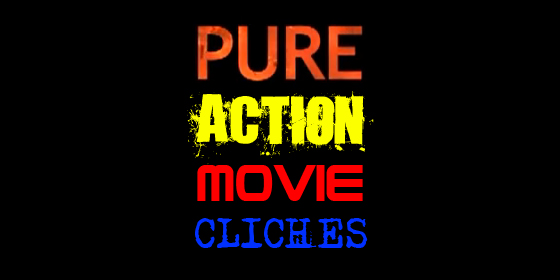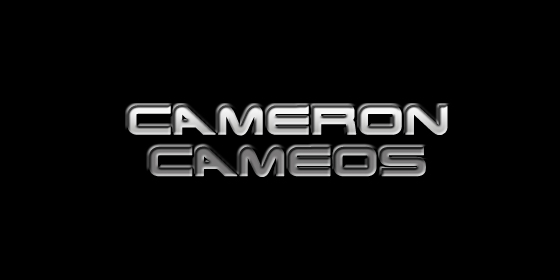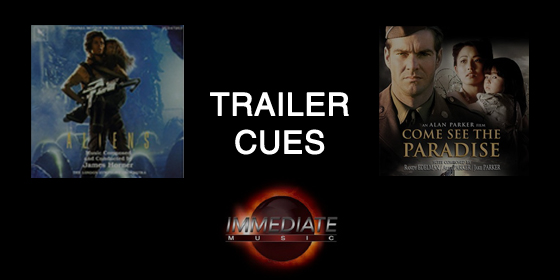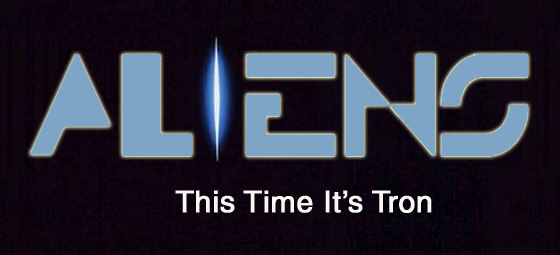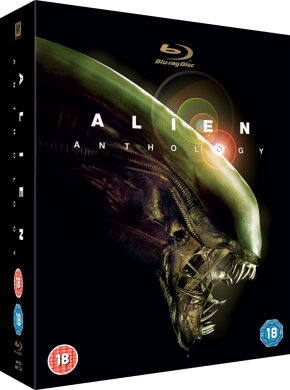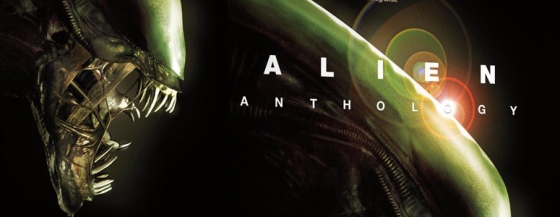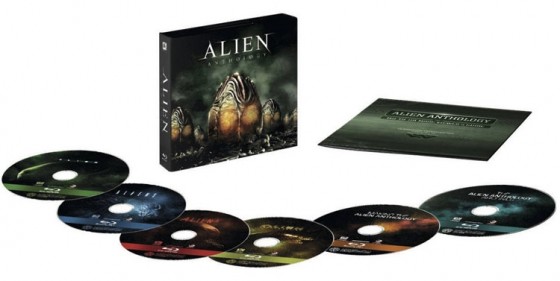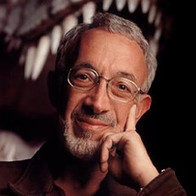A recent video montage identified signature clichés in mainstream action movies over the last 30 years.
Edited together by Jacob Britta, it shows how several tropes seem to recur throughout the genre.
Perhaps this is because films and directors naturally influence one another and that certain conventions evolve over time.
Action is perhaps not something you would immediately associate with film school analysis.
Paul Thomas Anderson once told the story of how he left NYU after just 2 days when a teacher pompously declared the screenwriting students should leave if they wanted to write Terminator 2:
But action is worthy of analysis, especially as it has been with the cinema almost since the beginning of the medium.
It has been used to excite and dazzle audiences ever since 1895 when the Lumiere Brothers decided to project a train hurtling towards an audience, right up to 2010 when Christopher Nolan pulled a similar trick in Inception.
In between there was Douglas Fairbanks swashbucklers, classic Westerns, the crop duster sequence in North by Northwest (1959), the Bond franchise, thrilling crime dramas like Bullitt (1968), The French Connection (1971) and Dirty Harry (1971) and the testosterone-fuelled action era of the 1980s with Stallone, Schwarzenegger and Willis.
Since the early 1990s CGI has allowed action films to go in to ever more fantastical realms with The Matrix (1999), the last decade of comic book movies and Avatar (2009).
A recent video essay by Matthias Stork explored the recent phenomenon of ‘chaos cinema’ which may or may not be tied to modern cameras and digital editing systems.
Like anything else it has been done badly, but when films get it right there are few other art forms that can match cinema for the pure visceral thrill of an action scene.
By looking closely at Britta’s video we can see them:
So, what are the ingredients going on in these action movies?
- The Hero Head Turn: This is where the main character is dramatically framed whilst turning his head. It’s mostly used as a tool of realisation, when our hero considers something big and important, as if to say “wow, there’s some heavy s**t going down”. But it also gives an audience an expectation that something exciting is happening soon. The swooping pan (or sometimes tracking shot) that often accompanies a ‘hero head turn’ increases the sense of disorientation and excitement in the viewer.
- The Run Amongst Cars: If someone walks across the street in a movie you can almost guarentee that a car will appear from nowhere and screech to a halt. The ultimate example is perhaps Midnight Cowboy where Dustin Hoffman screams at a New York cab. But in an action movie it would be dull just to have them walk across the street, so to ramp this up they have the hero run into speeding traffic, thus increasing the drama and tension.
- The Walk at the Camera: A tracking shot used to focus on the character’s movement and intention. There is often a frission of drama when we see a character walking at or near the camera as it provokes an instant curiosity about where they’re going. The pay off when they reach their destination, is usually some kind of confrontation or decisive action.
- The Staircase Run: Stairs often play a role in horror movie because they provide an interior exit point for someone being chased by a villain or creature. But in action movies they can work both ways, as an obstacle for our hero as he chases a scum bag on the subway or as a stumbling block for a protagonist trying to escape from something.
- The Hit to the Head: In real life head injuries are a serious business that can result in brain damage or death. But in movies they are often used to demonstrate that our hero really can be hurt. Blows to the body are often shrugged off, but in a fight where someone is hit on the head it has got serious. However, it is rare to see repeated blows to the face disfigure the hero in any way.
- The Weapon Pull Out: Unsurprisngly this often signifies that guns are about to be used, but there is almost something fetishistic about how weapons are depicted. Think of Schwarzenegger movies like The Terminator (1984) or Commando (1985) where guns are assembled and loaded with almost loving care. It is an immediate sign that action is around the corner, villians are going to die and justice will be served.
- The Car Swerve: Car chases often form an essential part of any self-respecting action movie from Bullitt to The Bourne Supremacy. But look closely and you’ll see it’s not just a matter of a high speed chase from A to B. One recurring motif is the dramatic swerve out of danger, whether its avoiding a pram crossing the road (The French Connection, Speed) or a plane on a runway (Face/Off). It reminds us of the danger and keeps the adrenaline flowing until the climax of the chase.
- The Helicopter: One way to inject a bit of sizzle in to any action movie is to include some helicopters. Whether they are used in the actual chase or just as a place to shoot from (or both), they give an aerial aspect to a chase or sequence. Michael Bay has become infamous for his use of helicopters, but Apocalypse Now is perhaps the most famous use of the aircraft, with the famous attack sequence set to Wagner’s Ride of the Valkyries. Notice how Coppola is especially inventive in that film at synchronising the sound of the blades with the rhythm of the score.
- The Slow Motion Fall: Slow motion has become a cliche in the action genre, but like cliches it exists for a reason. If you saw someone jumping in real-time, the scene would be over in 1-2 seconds. So to mine the drama of a hero jumping into the sea (e.g. Face/Off) or a villain falling from a building (e.g. Die Hard) the camera slows down and milks the scene. A particularly inventive use of slow-motion occurs in Inception to signify the different time scales in different dream states.
- The Quick Drive By: Often this is a simple stationary shot of a vehicle driving from one side of the screen to another. But the vehicle usually passes by in a flash to indicate speed and excitement, which can form part of a chase or a race against time. If the director is really up for it, then he does a tracking shot which pans on to an oncoming vehicle, showing the car coming at and past the camera in one go (essentially this is the vehicle equivalent of the “hero head turn”). Go back to the Lumiere Brothers film of the train and you’ll a nascent version of this.
- The Vehicle Smash: What good is a car chase if there’s no carnage to show for it? This is a logical extension of the car swerve, in that it shows what happens when a car can’t get out of the way of another vehicle. They often end with a particular flourish, like a car flipping over in a spectacular way. Or my personal favourite, which is a car crashing in to some yellow bins filled with water (Speed, The Matrix Reloaded).
- The Mayhem Explosion: There’s explosions and then there are mayhem explosions, which are designed to let you know that some s**t just got real. Often major explosions are used within in a scene to indicate the death of expendable goons. But primarily it is because the sight of bright orange flames and the sound of a loud explosion on the soundtrack is a feast for the eyes and ears. Often ‘The Camera Walk’ is blended with a ‘Mayhem Explosion’, where the hero casually walks away from a explosion. This is completely impractical in real life, but as used in the movies (in slow motion!) it indicates how cool the hero is as he dispatches another villain (e.g. Man on Fire).
- The Climactic Scream: Film is primarily a visual medium but since the invention of movie sound in the late 1920s, filmmakers have used it to tap into our primal senses (e.g. The Wilhem Scream). A good example of this is the “climactic scream”, which indicates some kind of terror and/or release at the end of an action sequence. It could indicate danger or pain, but is designed to cut through and viscerally affect the audience. Whether it is the Alien Queen at the climax of Aliens or Wez at the end of Mad Max 2 a climactic scream can be a cherry on top of the action movie pie.
[Original video via Urlesque]
> More on the Action Movie genre at Wikipedia
> Chaos Cinema and the Rise of the Avid
